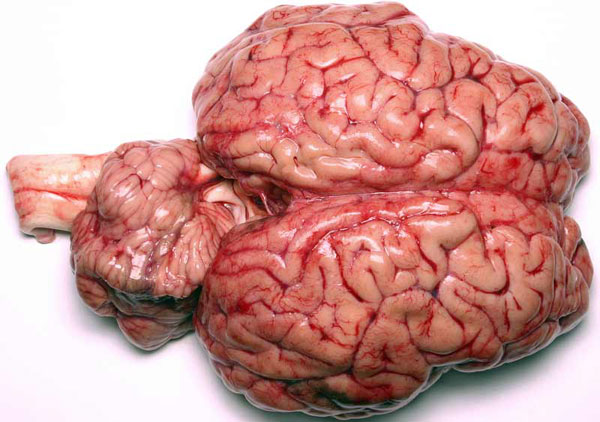

The grey matter does extend to the spinal cord to make signaling more effective. The grey matter creates a hornlike structure throughout the inside of the spinal cord while the white matter makes up the surrounding sections of the spinal cord. Quantitative analysis of %GM and %WM volumes can improve our understanding of brain atrophy due to normal aging this knowledge may be valuable in distinguishing atrophy of disease patterns from characteristics of the normal aging process. The grey matter also extends from the brain into the spinal cord. GM volume loss appears to be a constant, linear function of age throughout adult life, whereas WM volume loss seems to be delayed until middle adult life. Although larger GM volumes were observed in men before adjustments for cranium size, no significant differences in %GM or %WM were observed between the sexes. %WM decreased in a quadratic fashion, with a greater rate beginning only in adult midlife. Consistently, %GM decreased linearly with age, beginning in the youngest subjects. Age and sex effects were then assessed.īoth %GM and %WM in the intracranial space were significantly less in older subjects (> or =50 years) than in younger subjects (<50 years) (P <.0001 and P =.02, respectively).

Volumes were normalized as a percentage of intracranial volume (%GM and %WM) to adjust for variations in head size. Total GM, total WM, and intracranial space volumes were segmented by using MR image-based computerized semiautomated software. We investigated the effects of age and sex on total fractional GM (%GM) and total fractional WM (%WM) volumes by using volumetric MR imaging in healthy adults.įifty-four healthy volunteers (22 men, 32 women) aged 20-86 years underwent dual-echo fast spin-echo MR imaging. A technique of segmenting total gray matter (GM) and total white matter (WM) in human brain is now available.


 0 kommentar(er)
0 kommentar(er)
